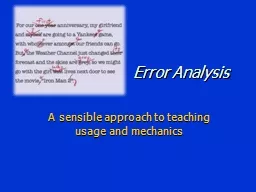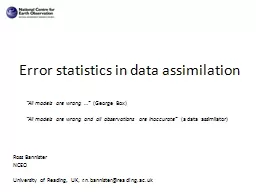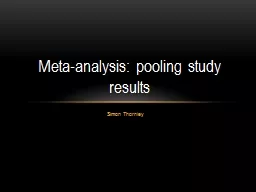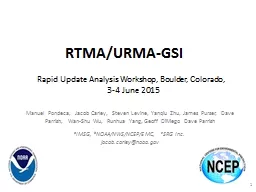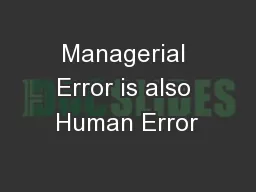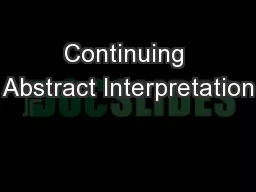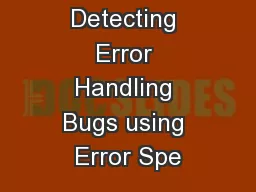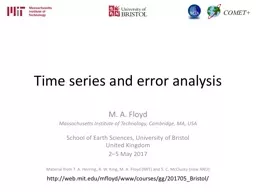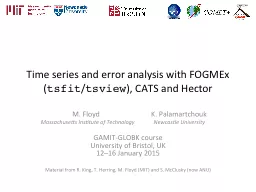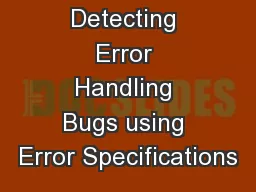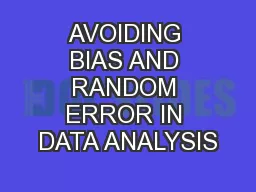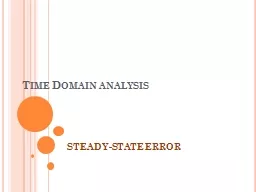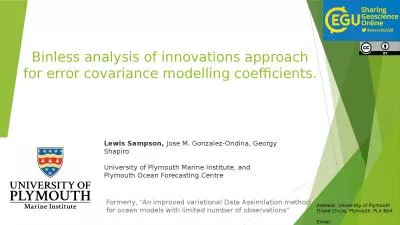PPT-Error Analysis
Author : sherrill-nordquist | Published Date : 2015-12-01
A sensible approach to teaching usage and mechanics Error Analysis We have begun to view errors as exceptionally interesting clues about what is going on in our
Presentation Embed Code
Download Presentation
Download Presentation The PPT/PDF document "Error Analysis" is the property of its rightful owner. Permission is granted to download and print the materials on this website for personal, non-commercial use only, and to display it on your personal computer provided you do not modify the materials and that you retain all copyright notices contained in the materials. By downloading content from our website, you accept the terms of this agreement.
Error Analysis: Transcript
Download Rules Of Document
"Error Analysis"The content belongs to its owner. You may download and print it for personal use, without modification, and keep all copyright notices. By downloading, you agree to these terms.
Related Documents

